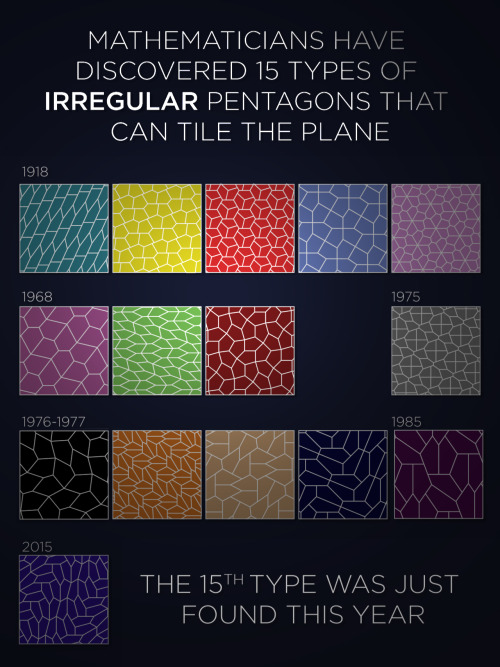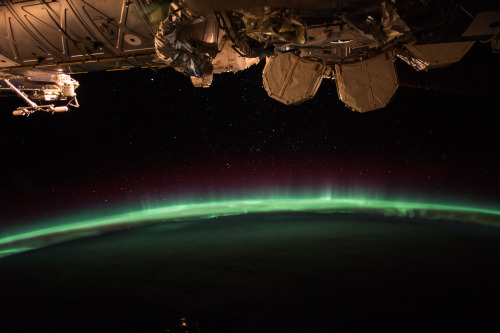A Photo Of Jupiter. Took By Cassini With COISS On April 02, 2001 At 15:22:15. Detail Page On OPUS Database.

A photo of Jupiter. Took by Cassini with COISS on April 02, 2001 at 15:22:15. Detail page on OPUS database.
More Posts from Space-m17-blog and Others








Big math news! It’s been thirty years since mathematicians last found a convex pentagon that could “tile the plane.” The latest discovery (by Jennifer McLoud-Mann, Casey Mann, and David Von Derau) was published earlier this month. Full story.

Fig. 36. The Celestial Sphere. Geodesy, including astronomical observations, gravity measurements, and method of least squares. 1919.

A mini supernova
New video! Supernova Remnants in a nutshell!

Aurora from the ISS.
Photo credit: NASA




White holes
White holes are hypothetically the complete opposite of a black hole; nothing can enter it. They appear in the theory of Eternal Black holes. Einstein field equations would position white holes in the past which is also the opposite of black hole regions placed in the future. The white hole shares the same properties as matter. It has a gravitational pull but objects traveling towards it would never reach the event horizon. The white hole event horizon in the past becomes a black hole event horizon in the future thus any object heading to the event horizon for the white hole will eventually end up on the event horizon on the black hole. Stephen Hawking made the argument that because black holes can be in a time-reversal-invariant state, this would imply that black holes and white holes are the same object. The Hawking radiation from the black hole is identified being emitted from the white hole.
There is much much more to white holes than this and many different theories. I like the idea of a white hole being the output for the black hole forming an Einstein-Rosen bridge. However, there are currently no known processes for how white holes are formed, they are not like a black hole which is formed from the collapse of a very large object.
A great paper to help you understand one of the current white hole theories is found on thins like http://arxiv.org/vc/arxiv/papers/1105/1105.2776v1.pdf

The International Space Station above the spinning Earth.
Photo credit: NASA
Hot & Steamy RS-25 Engine Test

Today, we tested the RS-25 engine at Stennis Space Center in Mississippi, and boy was it hot! Besides the fact that it was a hot day, the 6,000 degree operating temperature of the hot fire test didn’t help things. This engine is one of four that will power the core stage of our Space Launch System (SLS) into deep space and to Mars. Today’s test reached 109% power and burned 150,000 gallons of liquid oxygen and 60,000 gallons of liquid hydrogen. When SLS launches with all 4 of its engines, it will be the most powerful rocket in the world!

This engine was previously used to to fly dozens of successful missions on the space shuttle, so you might be asking, “Why are we spending time testing it again if we already know it’s awesome?” Well, it’s actually really important that we test them specifically for use with SLS for a number of reasons, including the fact that we will be operating at 109% power, vs. the 104% power previously used.

If you missed the 535-second, ground rumbling test today – you’re in luck. We’ve compiled all the cool stuff (fire, steam & loud noises) into a recap video. Check it out here:

-
 space-m17-blog reblogged this · 9 years ago
space-m17-blog reblogged this · 9 years ago -
 paradoxfox-blog liked this · 9 years ago
paradoxfox-blog liked this · 9 years ago -
 hellospacebot reblogged this · 9 years ago
hellospacebot reblogged this · 9 years ago
I love space. I've been to space camp in Huntsville Alabama and I am planning on going every summer. I look forward to be an astronaut for nasa on the sls that is planned to be launched 2018. And the manned mission 2030. So yeah I won't let anything get in my way.
138 posts